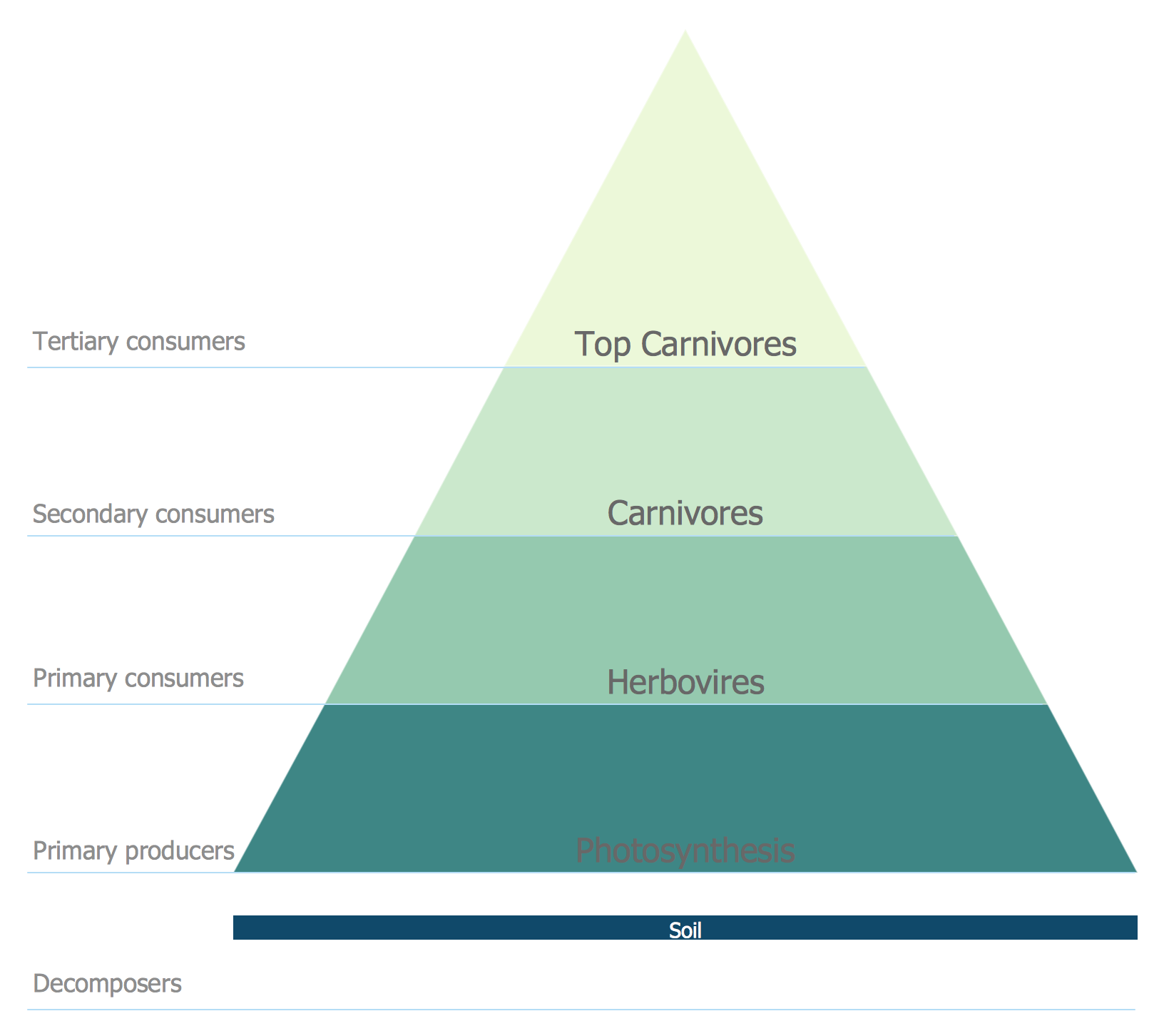which level of the energy pyramid has the greatest biomass
Energy Pyramid Diagram
What is an energy pyramid diagram?
An energy pyramid diagram is a graphical representation that shows the flow of energy through different trophic levels in an ecosystem. It illustrates the transfer of energy from one level to another, starting from the producers at the bottom to the top-level consumers at the apex.

Why is an energy pyramid diagram important?
An energy pyramid diagram is important because it helps us understand the structure and dynamics of an ecosystem. It shows the relative amount of energy available at each trophic level, highlighting the decreasing energy transfer as you move up the pyramid. This diagram allows us to visualize the energy relationships within an ecosystem and the dependence of higher-level organisms on the energy produced by lower-level organisms.
What are the different trophic levels in an energy pyramid?
In an energy pyramid, the different trophic levels include:
- Producers (plants, algae, and other photosynthetic organisms)
- Primary consumers (herbivores feeding on producers)
- Secondary consumers (carnivores feeding on herbivores)
- Tertiary consumers (apex predators feeding on other consumers)
Pyramid of Biomass: Definition, Example & FAQs - Education Waves
What is a pyramid of biomass?
A pyramid of biomass is a graphical representation that depicts the total mass of living organisms present at each trophic level in an ecosystem. It shows the amount of biomass accumulated by different organisms, indicating the relative abundance of organisms at each level.

How is a pyramid of biomass different from an energy pyramid?
A pyramid of biomass differs from an energy pyramid in that it represents the amount of living tissue (biomass) at each trophic level, rather than the flow of energy. It provides insights into the standing crop biomass, indicating the total amount of organic matter available as food for organisms at each level.
Can you provide an example of a pyramid of biomass?
Let's consider a forest ecosystem as an example. In this ecosystem, the pyramid of biomass would look something like this:
- Producers: Trees (large biomass)
- Primary consumers: Herbivores (smaller biomass compared to trees)
- Secondary consumers: Carnivores feeding on herbivores (even smaller biomass compared to herbivores)
- Tertiary consumers: Apex predators feeding on other consumers (smallest biomass among all)
This example demonstrates how the biomass decreases as you move up the trophic levels in a forest ecosystem.
Overall Article: Energy Pyramid Diagram and Pyramid of Biomass
An ecosystem is a complex web of energy flow and organisms interdependence. To better understand this intricate system, scientists have developed two graphical representations known as the energy pyramid diagram and the pyramid of biomass.
The energy pyramid diagram allows us to visualize the transfer of energy from one trophic level to another within an ecosystem. It starts with the producers, such as plants and algae, which convert sunlight into energy through photosynthesis. This energy is then consumed by primary consumers, including herbivores, which are further consumed by secondary and tertiary consumers. The energy transfer decreases as we move up the pyramid, highlighting the dependence of higher-level organisms on the energy produced by lower-level organisms. This diagram provides a comprehensive overview of the energy relationships within an ecosystem.
The pyramid of biomass, on the other hand, illustrates the total mass of living organisms present at each trophic level. It represents the standing crop biomass, indicating the amount of organic matter available as food for organisms. By visualizing the pyramid of biomass, we can understand the relative abundance of organisms at each level within an ecosystem. Just like the energy pyramid, the pyramid of biomass demonstrates how the biomass decreases as we ascend the trophic levels.
Both the energy pyramid diagram and the pyramid of biomass are valuable tools for ecologists and environmental scientists to study and analyze ecosystems. These diagrams provide a visual representation of the intricate energy flow and biomass distribution within an ecosystem, allowing us to grasp the complex dynamics of nature.